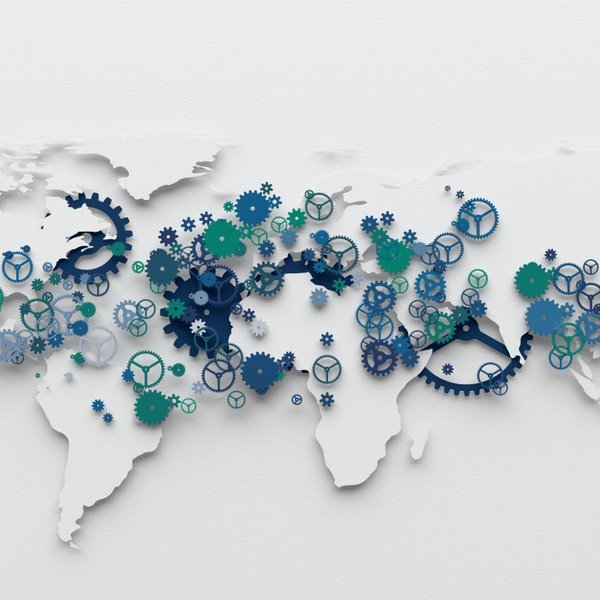Georgia Institute of Technology vía Coursera
GRATISHealth Informatics on FHIR
WELCOME TO HEALTH INFORMATICS ON FHIR
Health informatics, broadly speaking, is the application of information technology to care delivery. The field is arguably now at a "tipping point" because of the relatively recent widespread adoption of electronic record and other digital systems for use by both providers and patients. Because of that, we are now, at least in theory, able to aggregate data from millions of patient encounters in order to analyze it to gain new knowledge and to obtain feedback on the quality and efficiency of the care those patients received. Of course, it's not that simple and in this module we'll explore some of the unique structural issues of US healthcare and what the federal government has been doing to bridge those issues in order to create what the Institute of Medicine calls a "learning health system" -- a continuously improving system based on data from the applications of information technology just described.
Data and Interoperability Standards
To usefully aggregate and analyze data from thousands of electronic record systems and millions of patient encounters these systems need to be interoperable -- they need to be able to meaningfully share data. It is generally agreed that accomplishing this requires standards. The degree to which they are critical is somewhat less clear now that computers are powerful enough to do sophisticated natural language processing. However, it is likely that, for many years into the future, useful health data will be standardized to some degree. In this module we'll explore the most commonly used health data standards and we'll briefly discuss how standardized data (along with free text) is packaged into standard electronic clinical documents and into messages to link together diverse systems in hospitals and beyond. We'll focus on Fast Healthcare Interoperability Resources (FHIR), the new, rapidly evolving standard that offers to accelerate interoperability and even create a universal health app platform that could potentially help solve some of the challenges with current electronic record systems we'll discuss in Module 3.
Real World Applications & Challenges
With the increased use of electronic health record and other digital health systems and tools it is increasingly clear that much work remains to be done to make those systems easier and more efficient to use. These systems must also insure the privacy of patients and the security of the data they contain. Finally, they should provide researchers and other secondary users with the highest possible data quality consistent with the practical needs of the providers entering that data. In this module we'll explore all of these issues as they occur in real world systems. We'll interview the developers of one of the most innovative new electronic health record systems to gain some insights into the future directions these systems may take.
Big Data and Analytics
Despite the many challenges we've discussed a great deal is already being done to aggregate and analyze health data from actual patient care for purposes such as improved diagnosis and treatment. In this module we'll look at examples of that as well as some of the other exciting future opportunities in big health data and analytics. We'll also see how analytic-based tools and systems can help overcome some of the challenges we introduced earlier including protecting patient privacy and security, helping to improve the quality of the data that is collected and making massive amounts of clinical data useful in daily clinical practice.

GRATIS Aprendiendo a aprender: Poderosas herramientas mentales…
Deep teaching solutions
Español

GRATIS Programación para todos (Introducción a Python)
University of Michigan
Inglés

GRATIS The Science of Well-Being
Yale
Inglés

GRATIS Negociación exitosa: Estrategias y habilidades esenciales
University of Michigan
Inglés

GRATIS Primeros Auxilios Psicológicos (PAP)
Universitat Autónoma de Barcelona
Español


